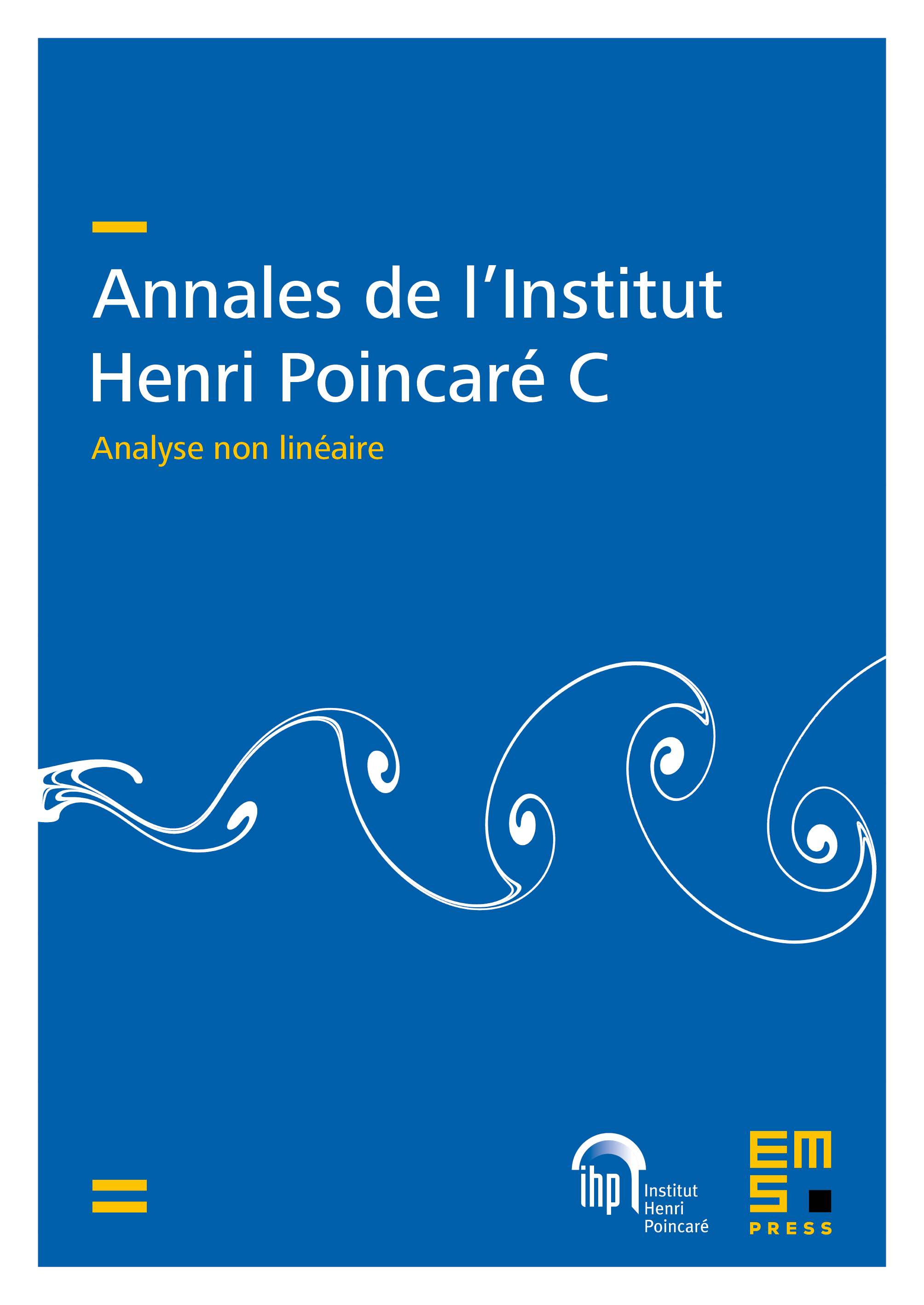Stable singularity formation for the inviscid primitive equations
Charles Collot
CNRS and CY Cergy Paris Université, FranceSlim Ibrahim
University of Victoria, CanadaQuyuan Lin
University of California, Santa Barbara, USA

Abstract
The primitive equations (PEs) model large-scale dynamics of the oceans and the atmosphere. While it is by now well known that the three-dimensional viscous PEs are globally well posed in Sobolev spaces, and that there are solutions to the inviscid PEs (also called the hydrostatic Euler equations) that develop singularities in finite time, the qualitative description of the blowup still remains undiscovered. In this paper, we provide a full description of two blow-up mechanisms, for a reduced PDE that is satisfied by a class of particular solutions to the PEs. In the first one a shock forms, and pressure effects are subleading, but in a critical way: they localize the singularity closer and closer to the boundary near the blow-up time (with a logarithmic-in-time law). This first mechanism involves a smooth blow-up profile and is stable among smooth enough solutions. In the second one the pressure effects are fully negligible; this dynamics involves a two-parameter family of nonsmooth profiles, and is stable only by smoother perturbations.
Cite this article
Charles Collot, Slim Ibrahim, Quyuan Lin, Stable singularity formation for the inviscid primitive equations. Ann. Inst. H. Poincaré Anal. Non Linéaire 41 (2024), no. 2, pp. 317–356
DOI 10.4171/AIHPC/87